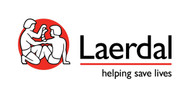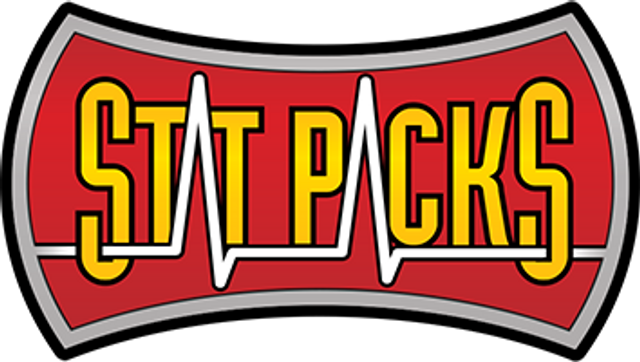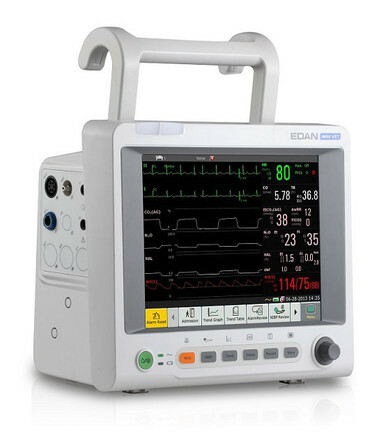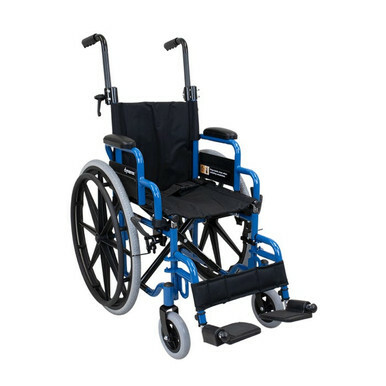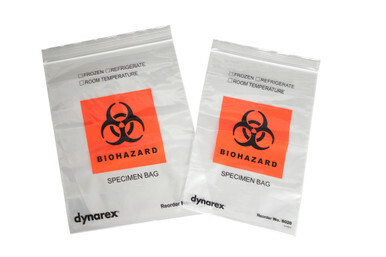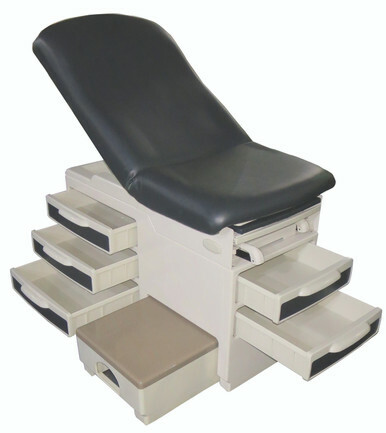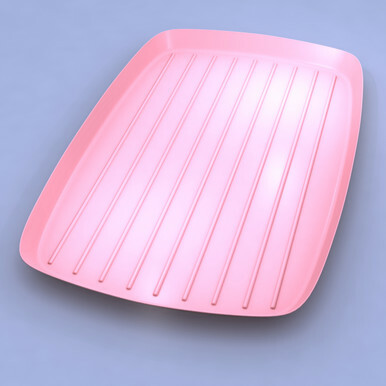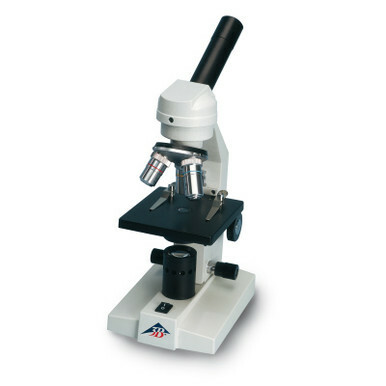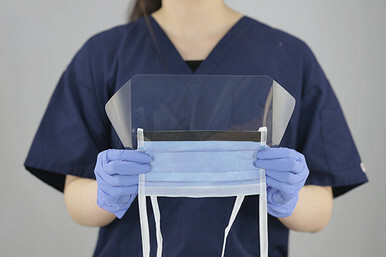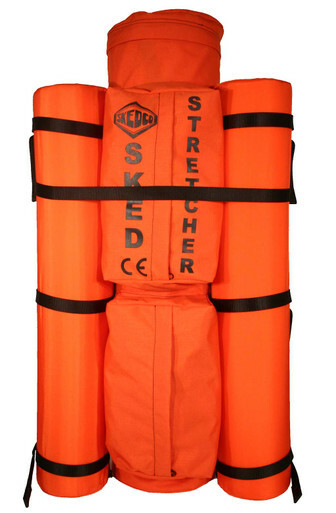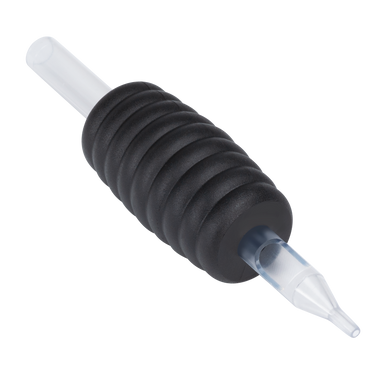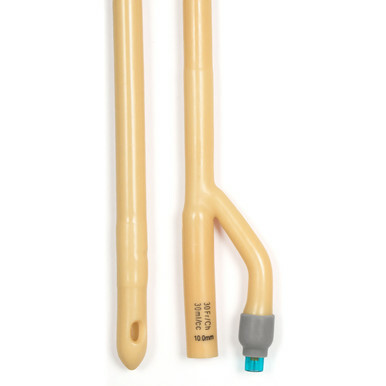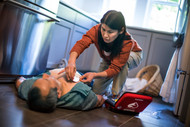Title: Shock to Save: Understanding Defibrillators and Their Life-Saving Power
Posted by EMRN on 25th Aug 2023
In the realm of emergency medical interventions, few tools are as iconic and life-saving as the defibrillator. This remarkable device has the power to restore a normal heart rhythm in individuals experiencing sudden cardiac arrest, a condition that claims countless lives each year. In this blog post, we'll delve into the world of defibrillators, exploring how they work, their different types, their importance in emergency response, and the role they play in saving lives.
Defibrillators: An Overview
A defibrillator is a medical device designed to deliver an electric shock to the heart in order to restore its normal rhythm. When the heart's electrical system becomes disrupted, it can lead to irregular heartbeats or, in the worst cases, sudden cardiac arrest. Defibrillators work by administering an electric shock that temporarily stops the heart's electrical activity, allowing it to reset and hopefully resume a normal rhythm.
Types of Defibrillators
1. Automated External Defibrillators (AEDs): AEDs are portable devices commonly found in public spaces, workplaces, and healthcare facilities. They are designed to be user-friendly, with voice prompts and visual instructions to guide even untrained individuals through the process of using them. AEDs analyze the heart's rhythm and only deliver a shock if it detects a shockable rhythm.
2. Implantable Cardioverter Defibrillators (ICDs): ICDs are surgically implanted devices used for patients at high risk of sudden cardiac arrest. These devices constantly monitor the heart's rhythm and deliver a shock if they detect an abnormal rhythm. ICDs can act as a preventive measure, ensuring timely intervention.
3. Manual Defibrillators:Typically used by medical professionals, manual defibrillators allow for more precise control over the amount of energy delivered in a shock. Medical personnel can interpret the heart's rhythm and determine the appropriate level of shock needed.
Importance of Defibrillators in Emergency Response
The time following cardiac arrest is critical, and prompt defibrillation greatly increases the chances of survival. The American Heart Association emphasizes the "Chain of Survival," which includes four crucial steps: early recognition and calling for help, early CPR, early defibrillation, and advanced life support. Defibrillation within the first few minutes of cardiac arrest can improve survival rates by up to 70%.
How Defibrillators Work
1. Analysis: Defibrillators analyze the heart's rhythm to determine whether a shock is needed. They can differentiate between rhythms that respond to defibrillation (such as ventricular fibrillation) and those that do not.
2. Charging: If a shockable rhythm is detected, the defibrillator charges itself with an electric current to deliver a shock.
3. Shock Delivery: The device administers a controlled electric shock through electrodes placed on the patient's chest. The shock aims to depolarize the heart muscles and allow the heart's natural pacemaker to regain control.
Using a Defibrillator: Steps for Rescuers
1. Turn on the defibrillator and follow its voice prompts or visual instructions. 2. Attach the electrode pads to the patient's bare chest as indicated. 3. Allow the defibrillator to analyze the heart rhythm. If a shock is advised, make sure everyone is clear of the patient and then deliver the shock as instructed. 4. After a shock is administered, perform CPR as needed while the defibrillator continues to monitor the heart rhythm.
Conclusion
Defibrillators are not just devices; they are life-saving tools that bridge the gap between life and death during sudden cardiac arrest. By delivering precisely timed electric shocks to the heart, these devices have revolutionized emergency medical care, drastically improving survival rates. As technology advances, defibrillators become more accessible, efficient, and user-friendly, empowering both medical professionals and laypeople to be first responders in critical situations. Understanding how these devices work and the vital role they play in the "Chain of Survival" can equip us all to be better prepared to respond effectively in the face of cardiac emergencies.



